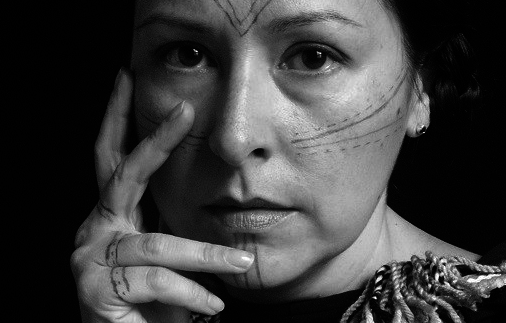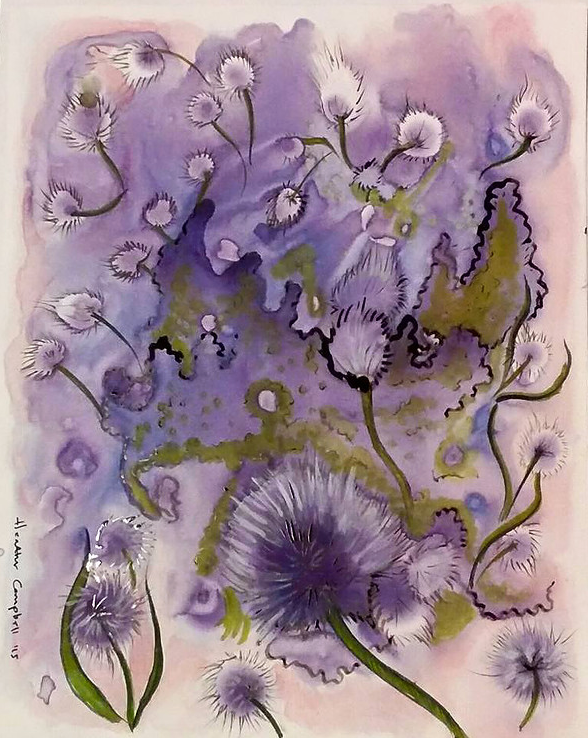Your Online Friendship Centre
Exit Site
Your Online Friendship Centre
Heather Campbell is the artist behind the Inuit New Journeys logo. Campbell hails from Rigolet, Nunatsiavut (Northern Labrador) and has a B.F.A from Sir Wilfred Grenfell College School of Fine Art, Memorial University of Newfoundland. She was Curatorial Assistant at the Inuit Art Centre of Indian and Northern Affairs Canada (now Indigenous and Northern Affairs) for a number of years, and has also been on the board of directors of the Artist-Run Centres and Collectives of Ontario.

Campbell worked at the National Gallery of Canada during the Sakahan international Indigenous art exhibition and worked at Inuit Tapiriit Kanatami. She has frequently been involved in Aboriginal Day and Summer Solstice celebrations in Ottawa, and her artwork belongs to collections in Ontario, Quebec and Newfoundland and Labrador. Currently, she works as a curatorial assistant at the National Gallery of Canada within the Indigenous Art department.
As a person of mixed Inuit/non-Inuit ancestry, Campbell is interested in exploring the dynamics between these two cultures and the topic of personal identity and the definitions placed upon us or those we place upon ourselves. Campbell’s art melds the aesthetic ideals of both cultures to create a unique and dynamic artistic genre.

Campbell’s design for the New Journeys flower is based on Inuit beading: “I've modified the general flower design to mimic Inuit beading and embroidery styles found on kamiik (skin boots) usually on the top of the foot and around the top border of the lining of the boot. The colours are inspired by the official flower of Nunavut which is the Purple Saxifrage. It is also very similar to the colours of fireweed which grows in my home region of Nunatsiavut. This plant often grows in areas that have been disturbed by fire or construction. It my hometown we call them ‘Bumblebee Flowers’ so there is an association with the life-giving work of bees. To me, this flower is a symbol of regrowth and renewal.”

New Journeys now has seven different themes that feature Indigenous artists and languages from across Canada. These themes aim to showcase and celebrate the diversity of Indigenous culture in this country. To explore the different themes, click the flower button at the top right of this page.